President Zardari calls for world support as Pakistan reels from climate impact
Asif Zardari says Pakistan has no role in creating global climate catastrophe, still our people pay heavy price for it
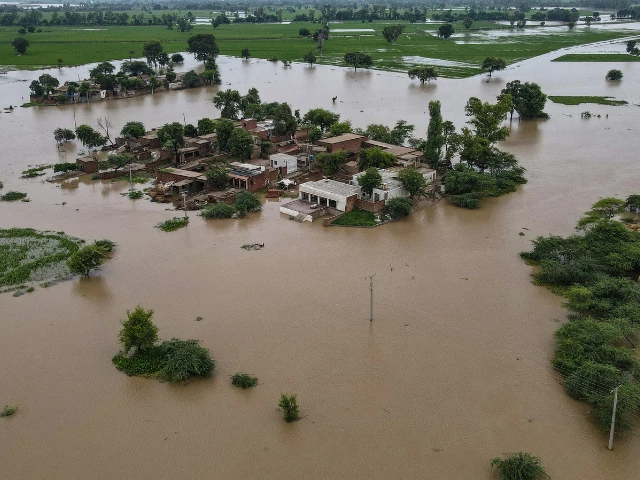
President Asif Ali Zardari on Wednesday urged the international community to show solidarity with Pakistan in tackling the destructive effects of climate change, as floods continue to batter parts of Punjab, Radio Pakistan reported.
“While Pakistan has no role in creating the global climate catastrophe, our nation continues to pay a heavy price for it,” Asif Zardari said.
In a phone call with Punjab Governor Sardar Saleem Haider, President Zardari discussed the scale of devastation and the challenges faced by flood-hit communities, particularly those in remote and cut-off areas.
The governor informed the president that the Pakistan Red Crescent Society had expanded its services in Punjab cities including Lahore, Hafizabad, Kasur, Muzaffargarh, Rajanpur, Narowal and Mandi Bahauddin. Relief camps have been established, and a water treatment plant is being set up in Kartarpur to supply clean and safe drinking water.
President Asif Ali Zardari today held detailed discussion with Punjab Governor Sardar Saleem Haider regarding devastating flood situation across the province@PresOfPakistan #FloodsInPakistan #FloodsInPanjab #Monsoon2025 #News #RadioPakistan https://t.co/eUpIm4nHPW
— Radio Pakistan (@RadioPakistan) September 3, 2025
Haider said, officials and volunteers are reaching affected families to assure them that the state stands with them in this difficult hour.
Zardari praised the relief efforts and said the nation would not be left alone during the crisis. The president mentioned that swollen rivers and unseasonal rains had created a threat of food insecurity across the region.
The floods, triggered by torrential rains and excessive discharge of water from India, have wreaked havoc, leaving thousands of people marooned and displaced while causing severe damage to property, infrastructure and ready crops.
Three transboundary rivers that cut through Punjab, which borders India, have swollen to exceptionally high levels, affecting more than 2,300 villages.
Read More: Worst monsoon floods in decades leave millions displaced in Pakistan
According to the National Disaster Management Authority (NDMA), the death toll has neared 900 over the past two months. The hardest-hit province is Khyber-Pakhtunkhwa (K-P) with 480 deaths, while Punjab has reported 191 fatalities. Sindh recorded 58 deaths, Balochistan 24 and Gilgit-Baltistan 41. Azad Kashmir reported 29 fatalities, and Islamabad eight. Children have borne the brunt of the disaster, with 219 minors among the deceased. The floods have also claimed the lives of 128 women and 484 men.
The impact on the country’s infrastructure has been devastating, with 238 bridges washed away and 661 kilometers of road networks submerged. The floods have also destroyed 9,000 homes and led to the loss of over 6,000 animals.
More than 35,000 people have been displaced due to the floods, many of whom are now living in relief camps. K-P has the highest number of displaced individuals at 26,000, followed by 6,000 in Punjab and 3,000 in Gilgit-Baltistan.
The disaster follows a tragic sequence of calamities in mid-August, when torrential rains triggered deadly landslides in K-P, killing over 400 people within days. The province, located near Afghanistan, faced additional challenges for relief operations for various reasons.
In 2022, Pakistan endured the worst floods in its history, submerging on-third of the country, with Sindh being the hardest-hit. This year’s floods further underscore the growing vulnerability of the nation to the increasingly severe impacts of climate change, with devastating consequences for both lives and livelihoods.





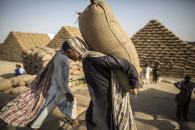
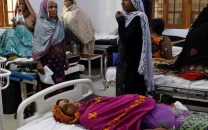


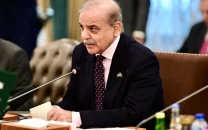




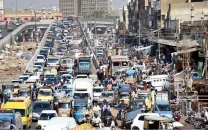



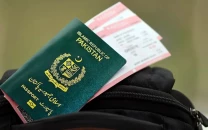






COMMENTS (1)
Comments are moderated and generally will be posted if they are on-topic and not abusive.
For more information, please see our Comments FAQ